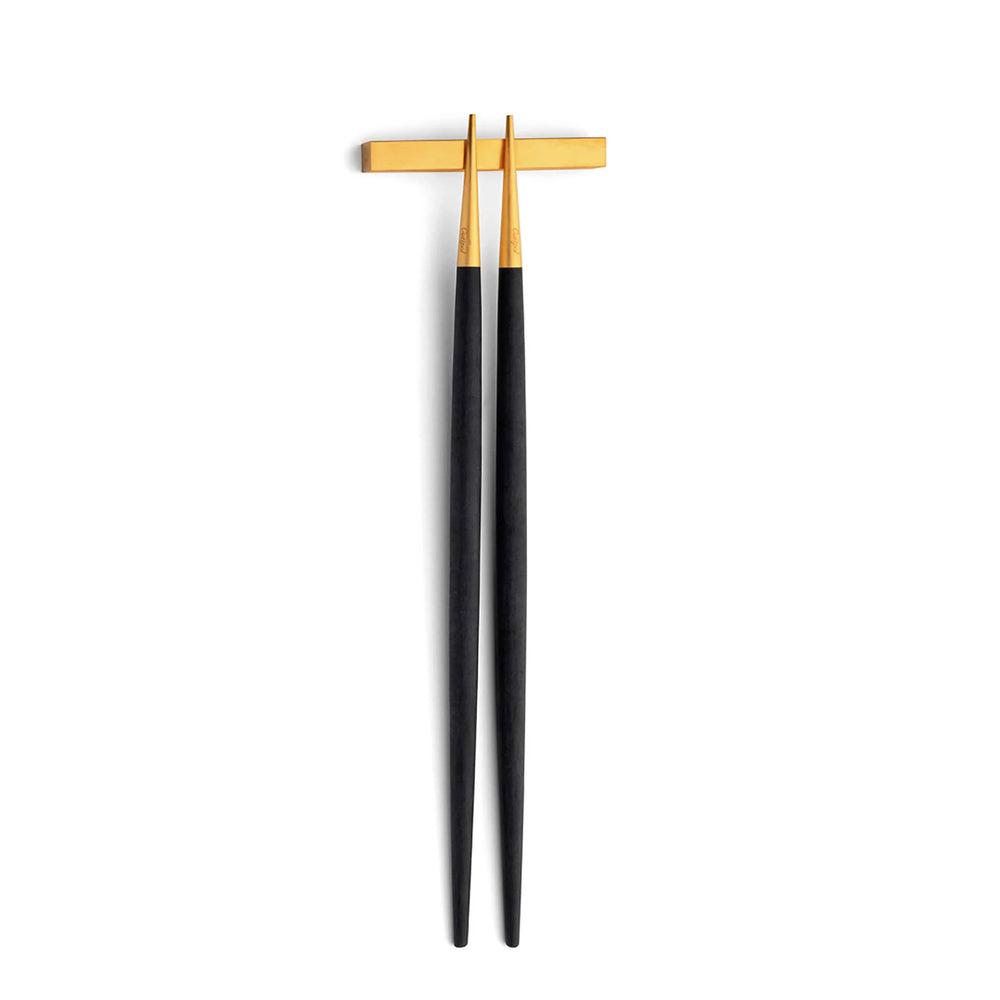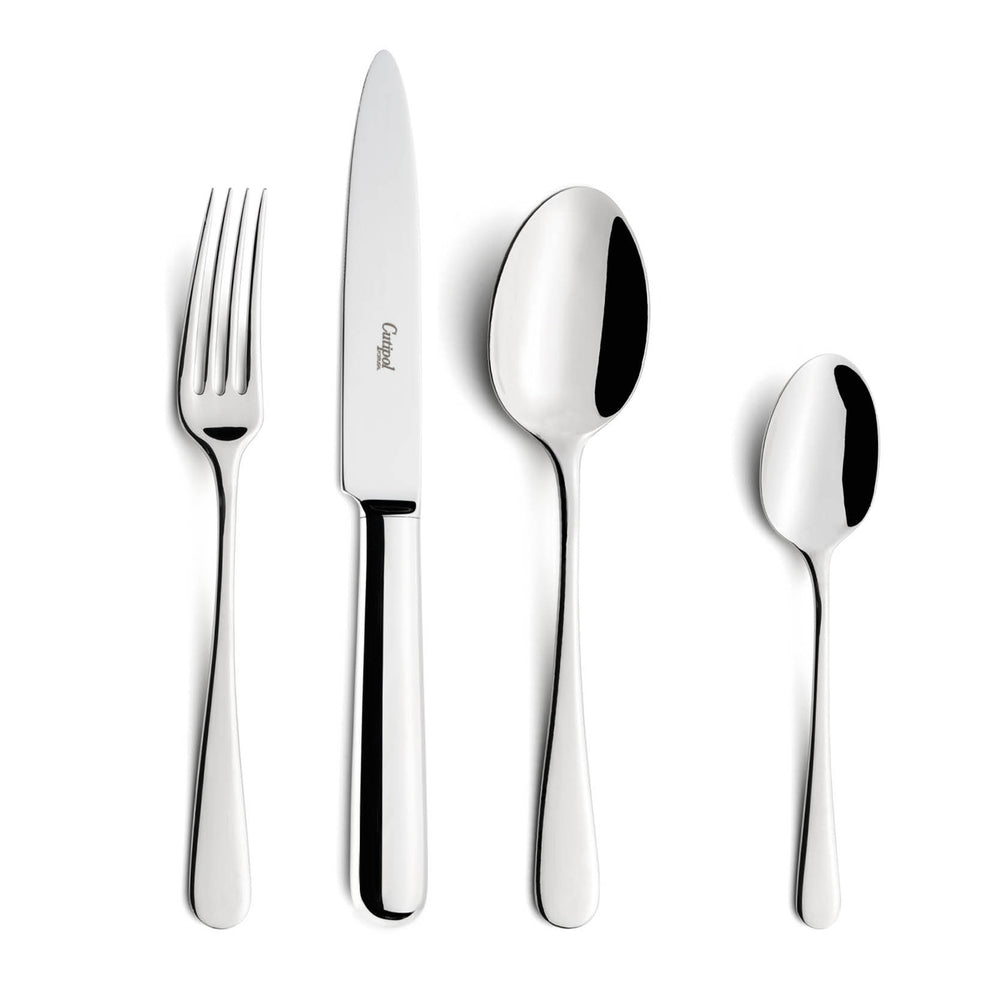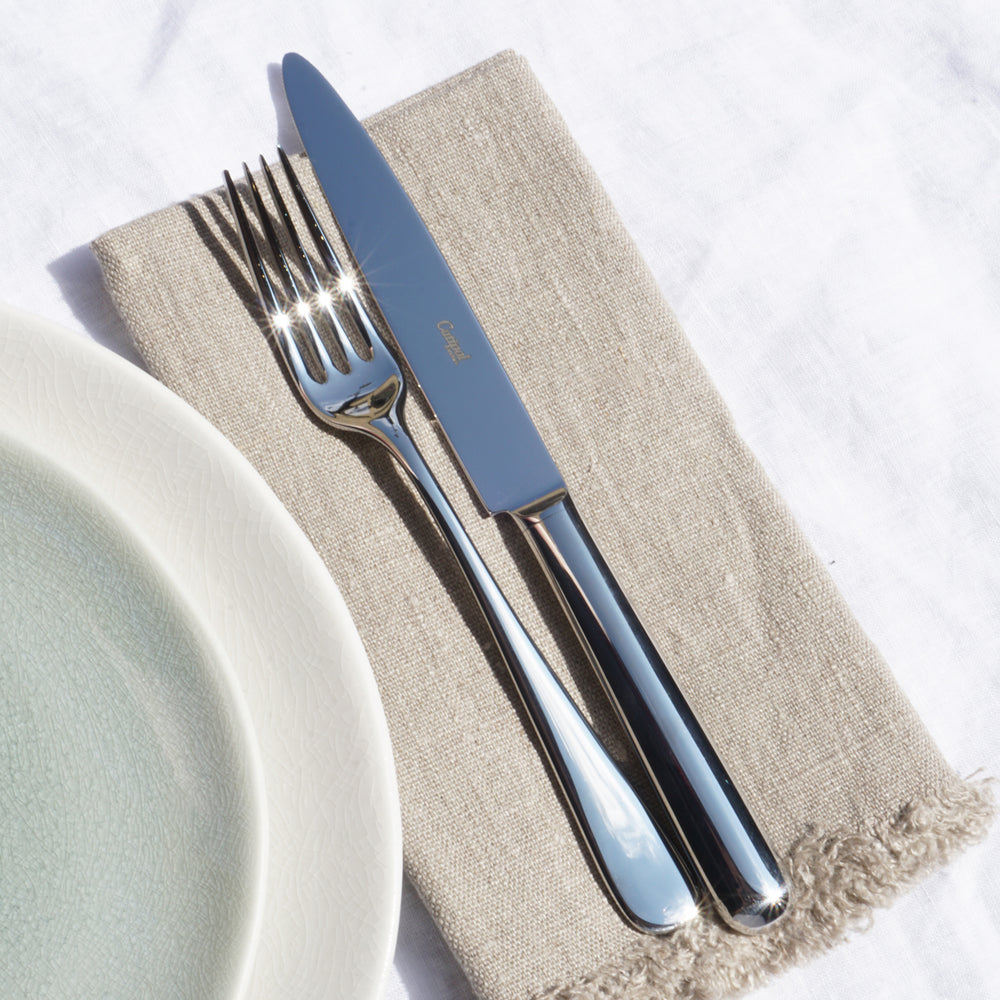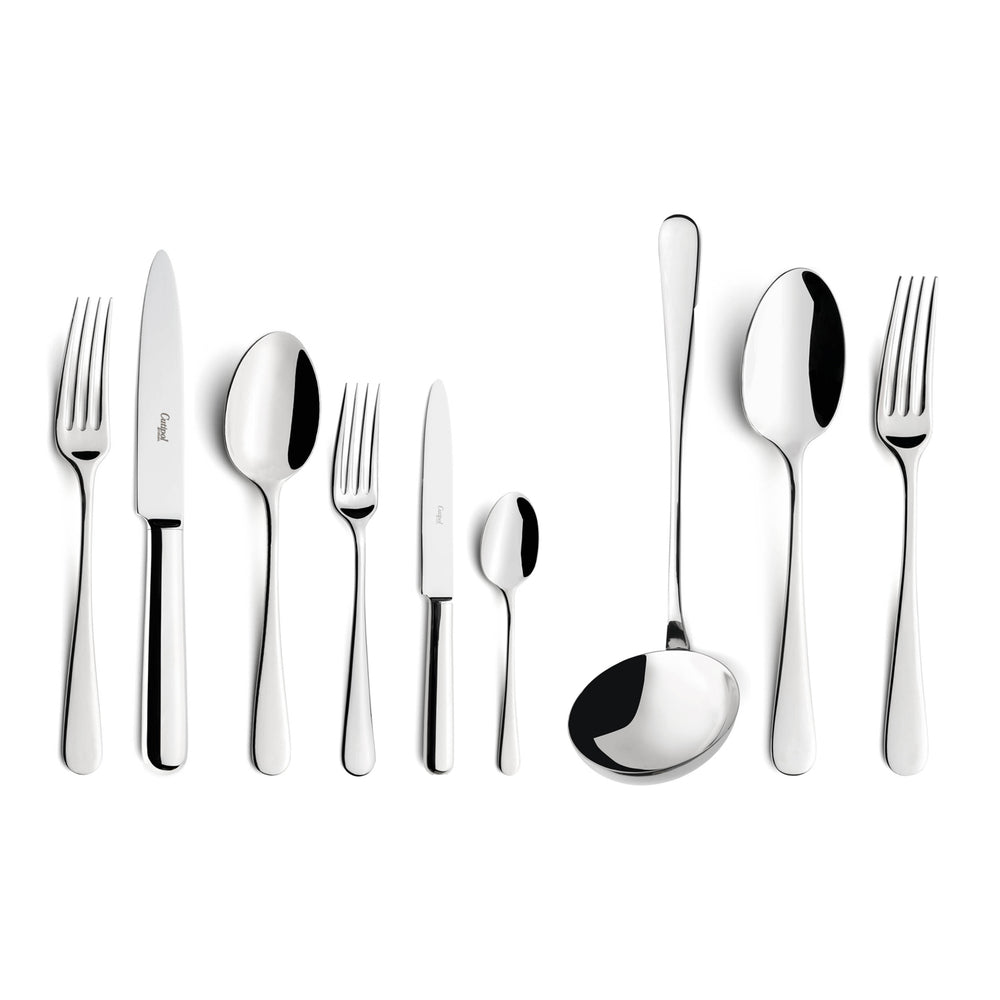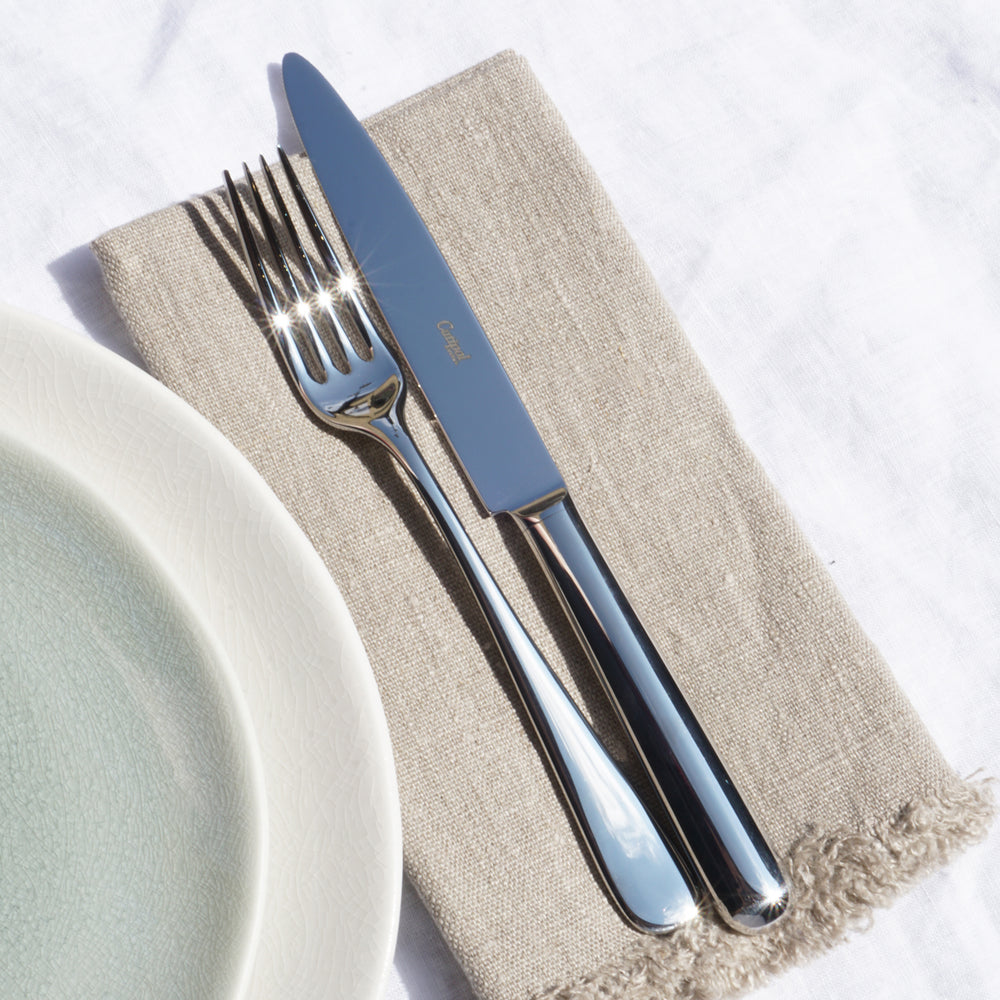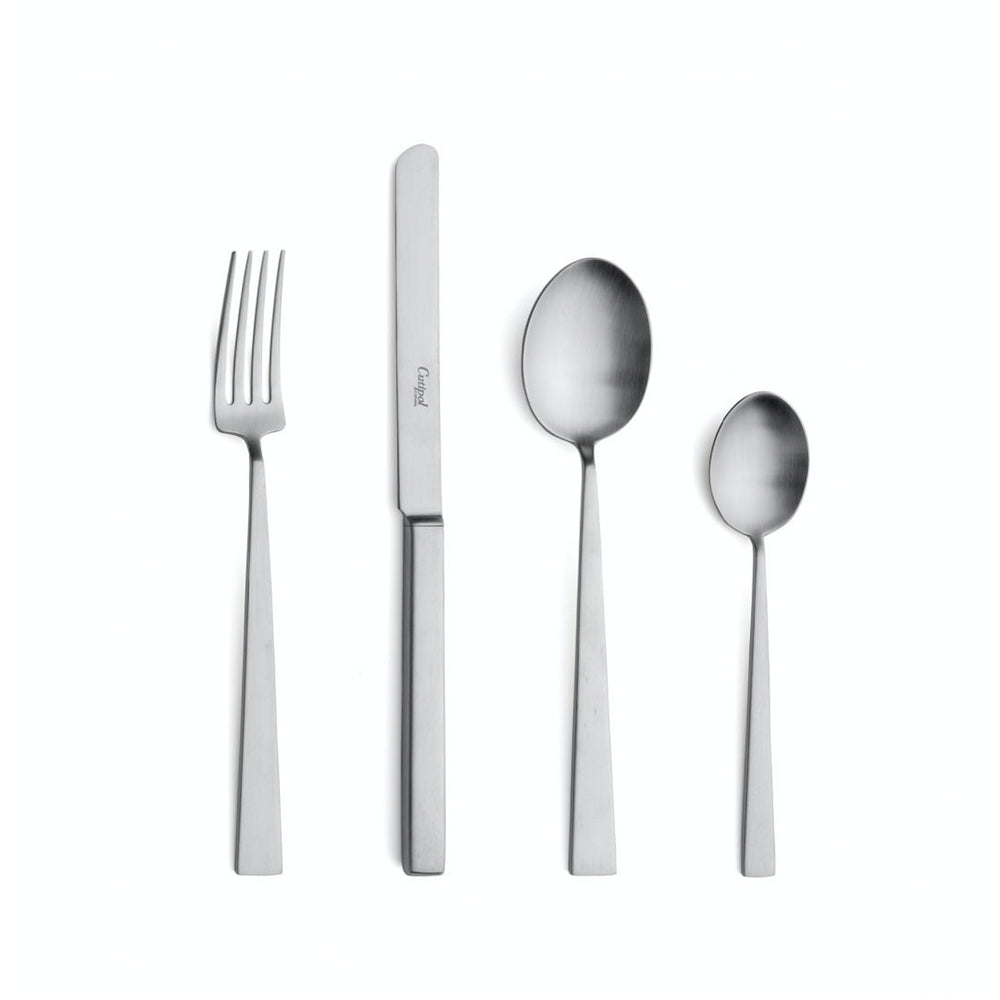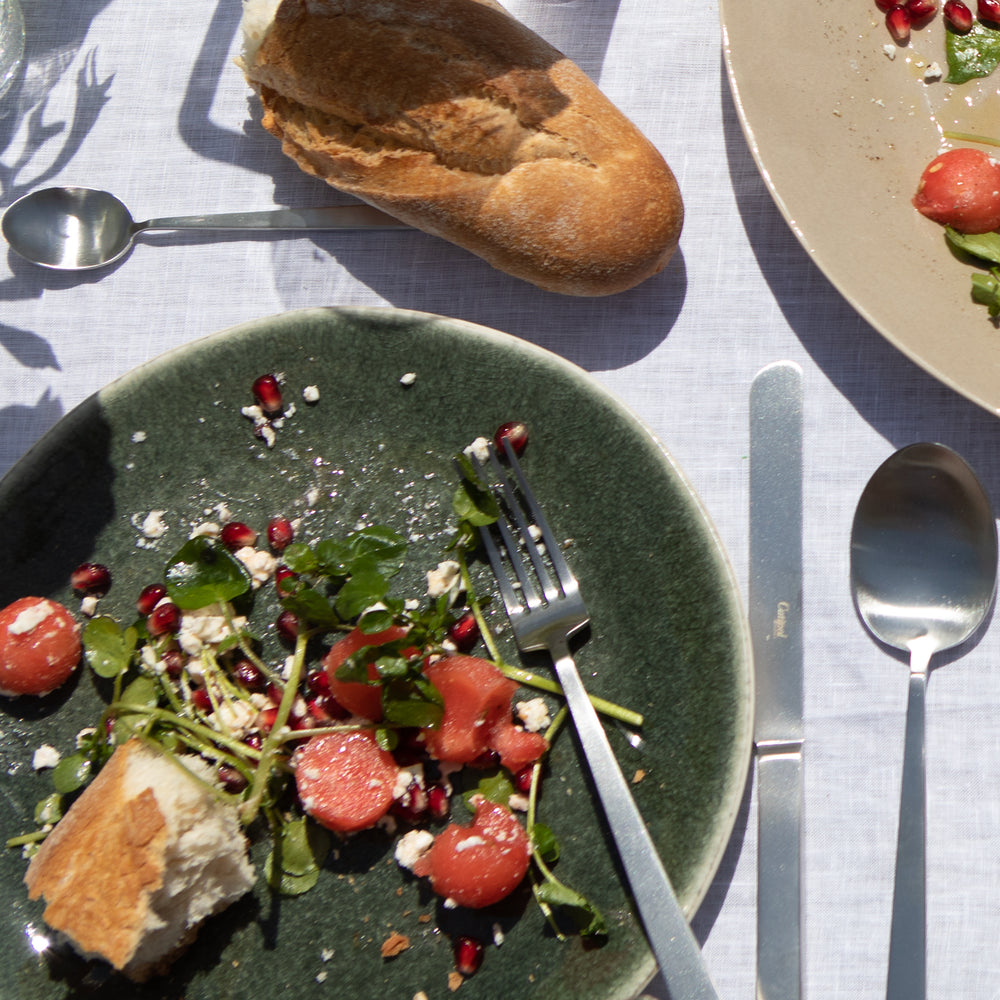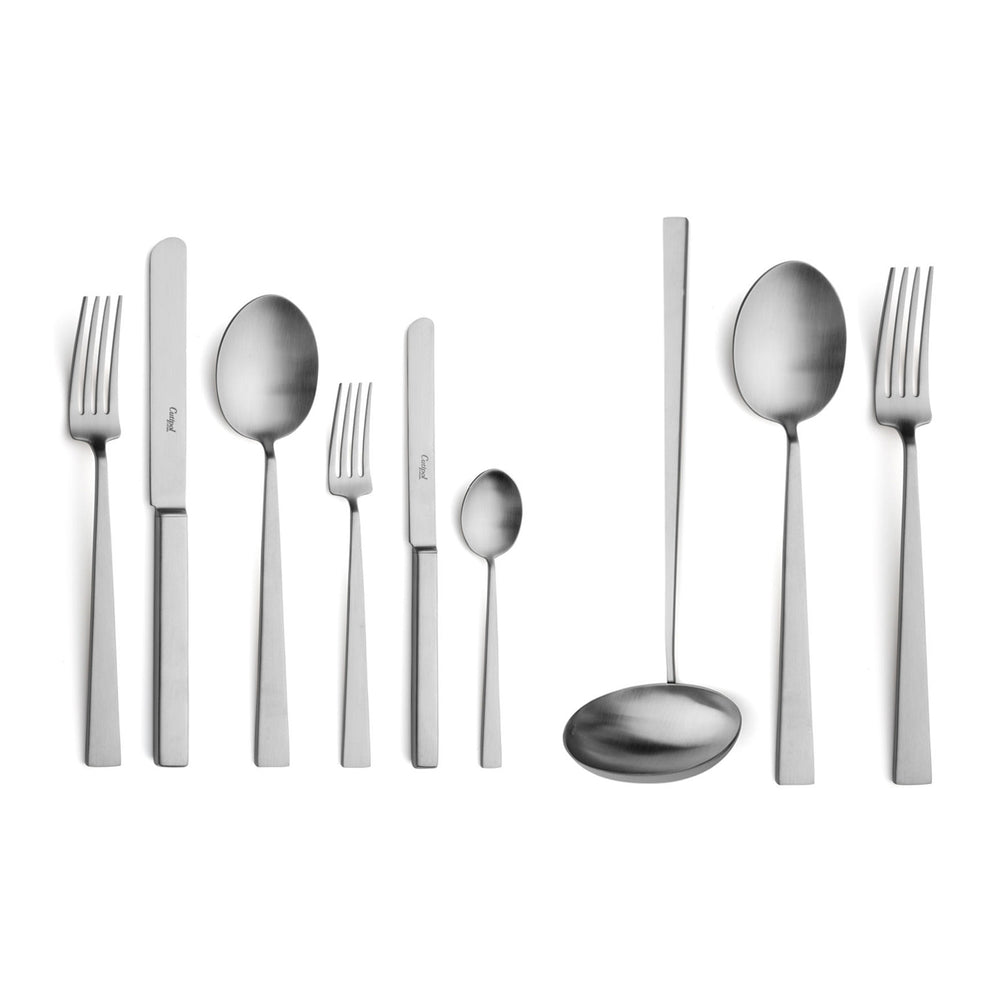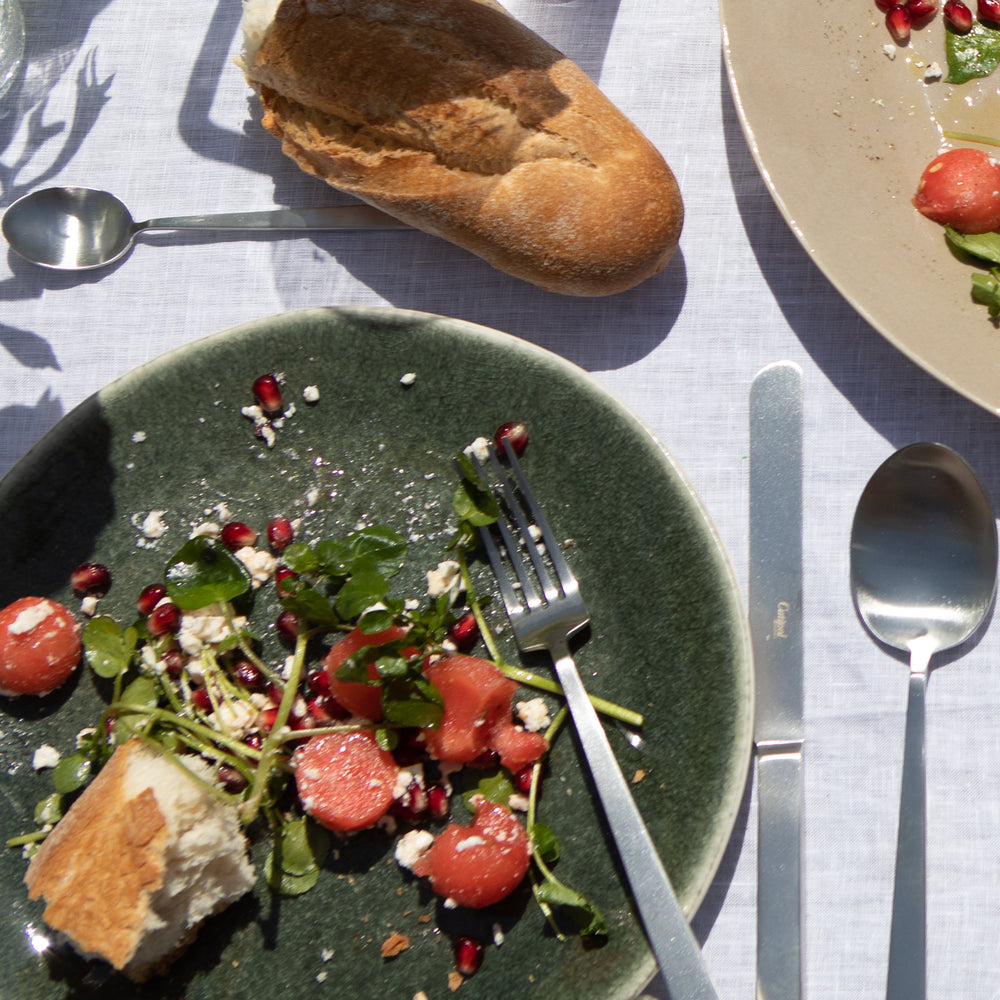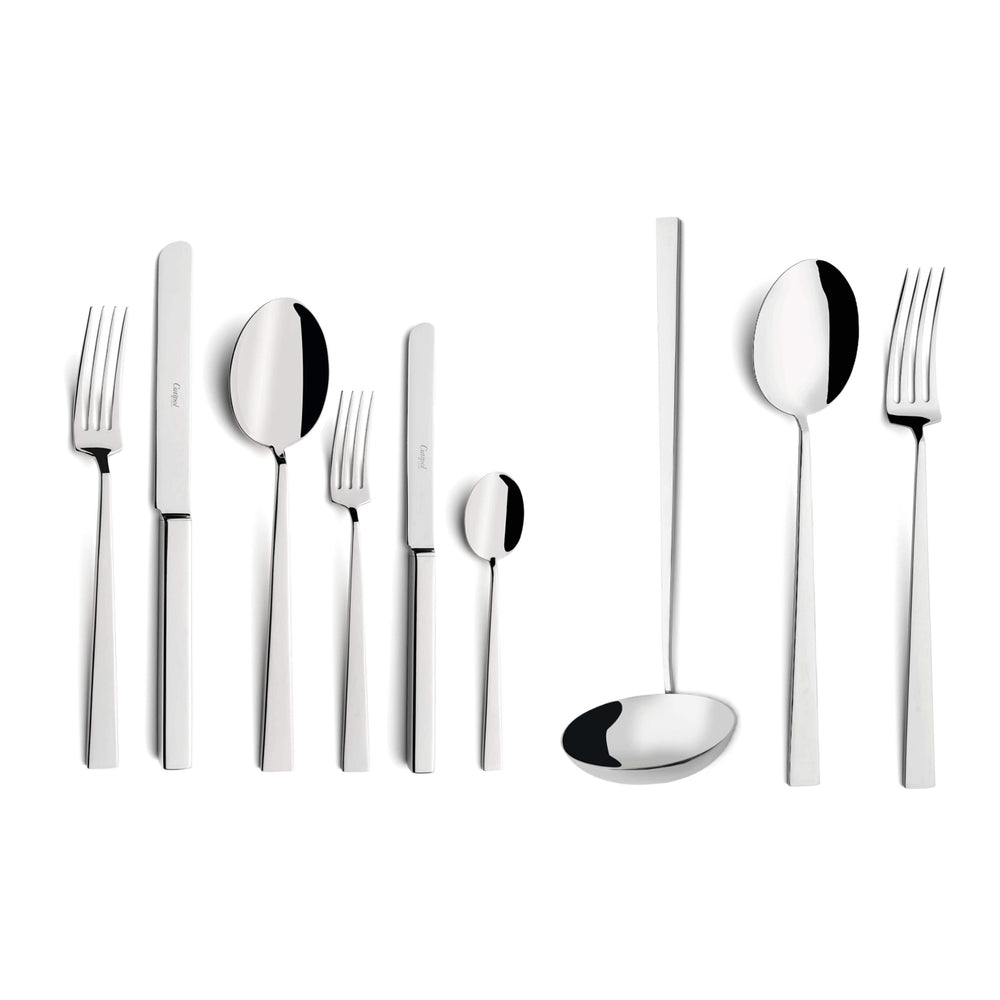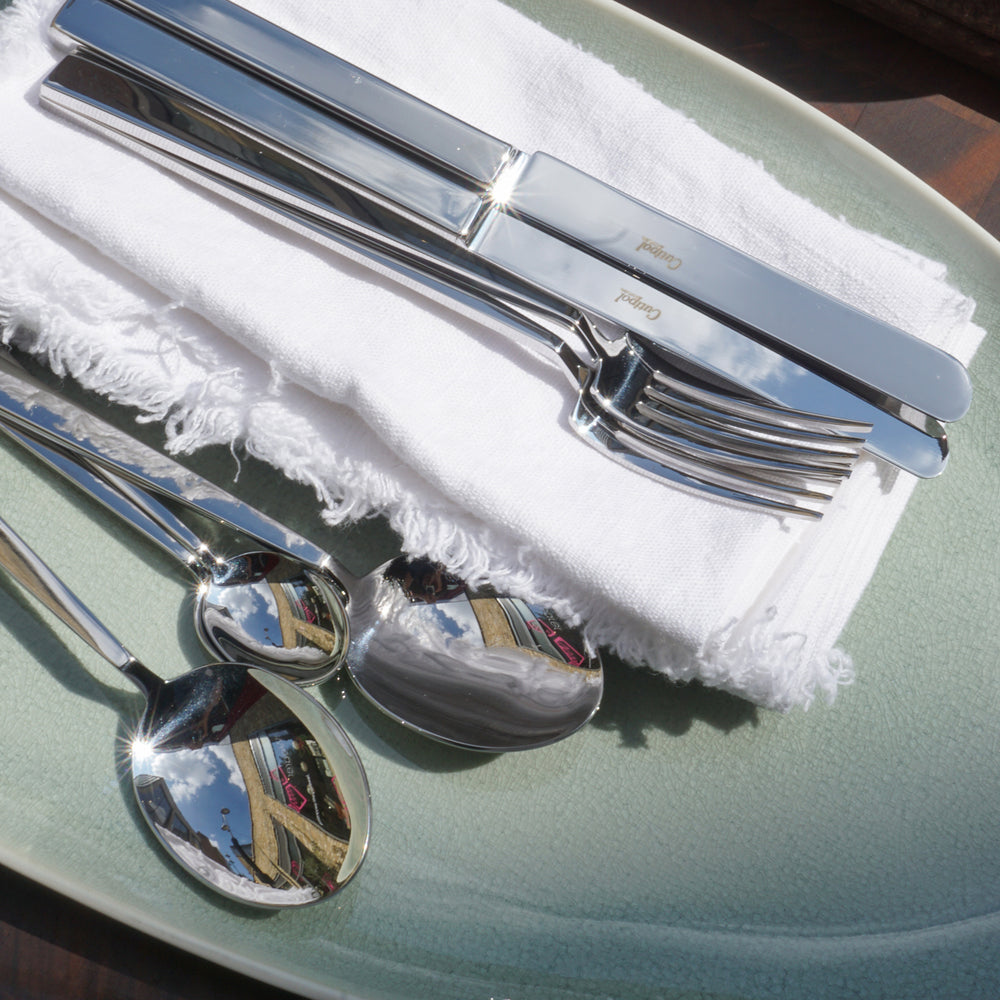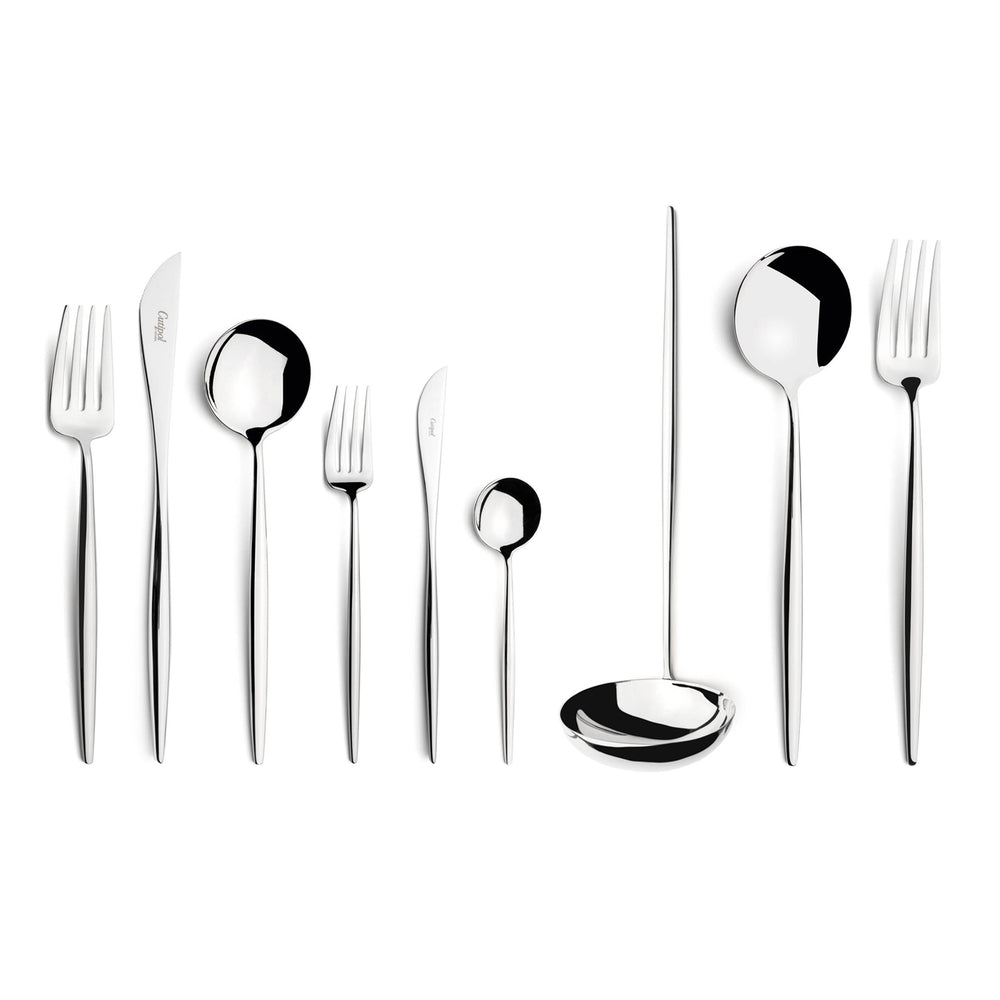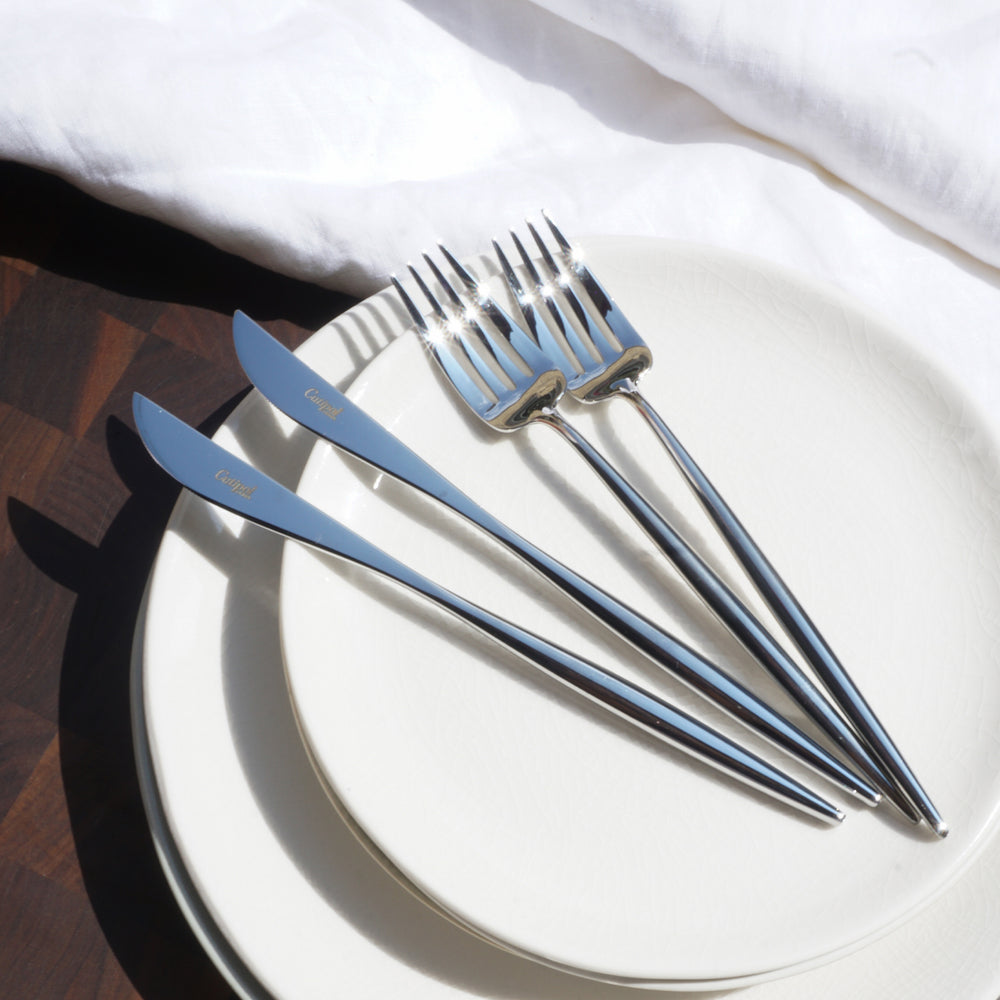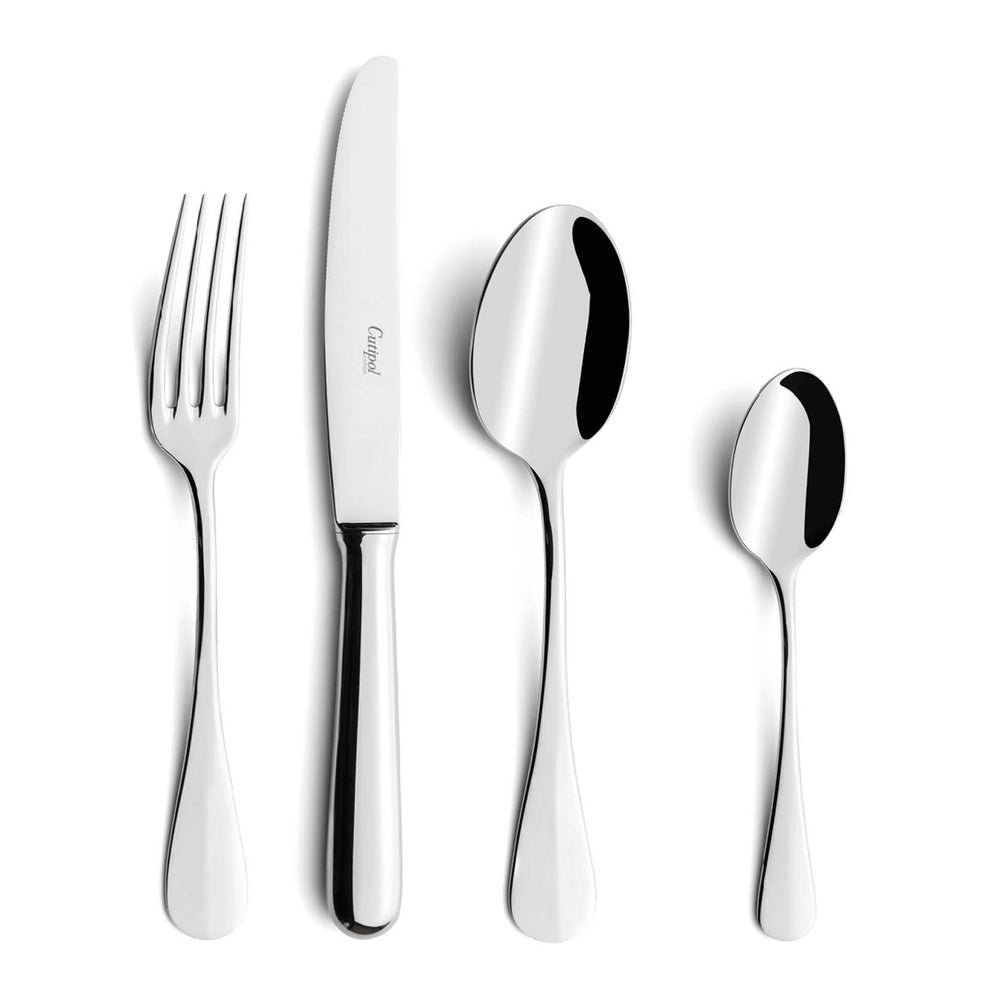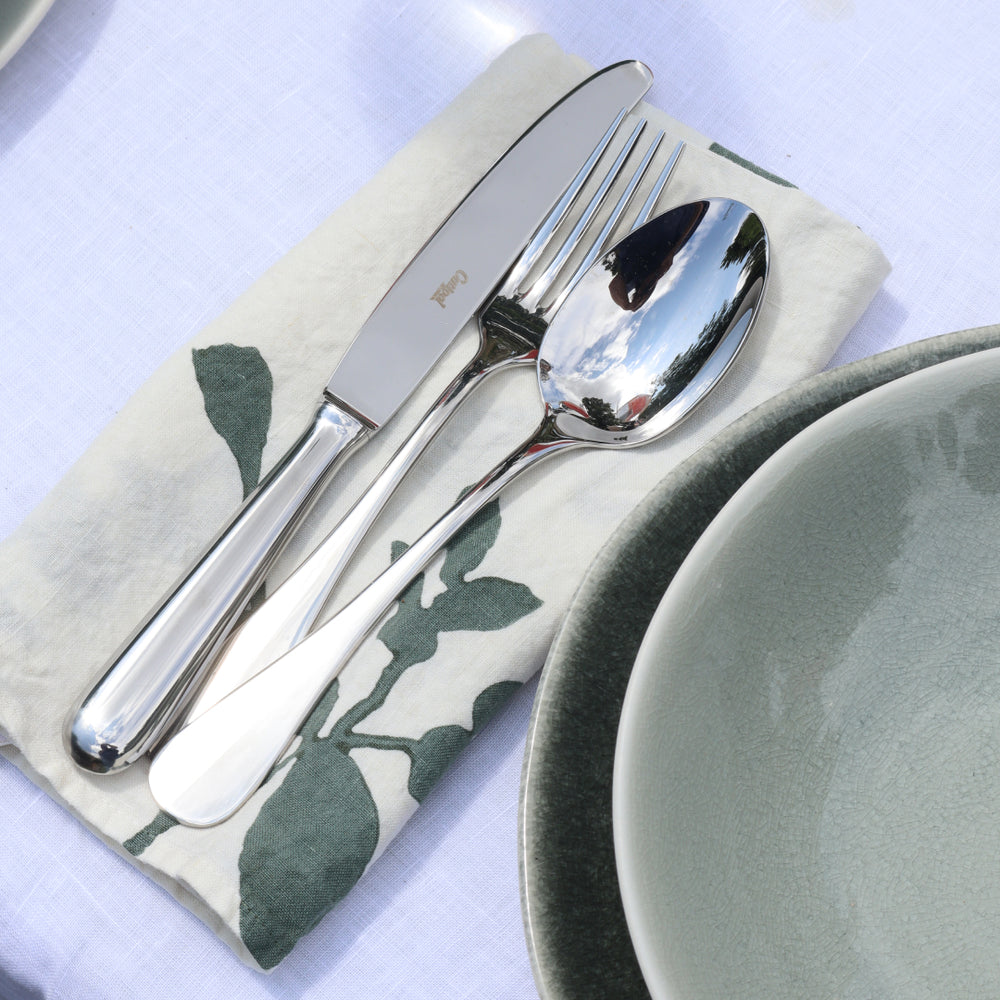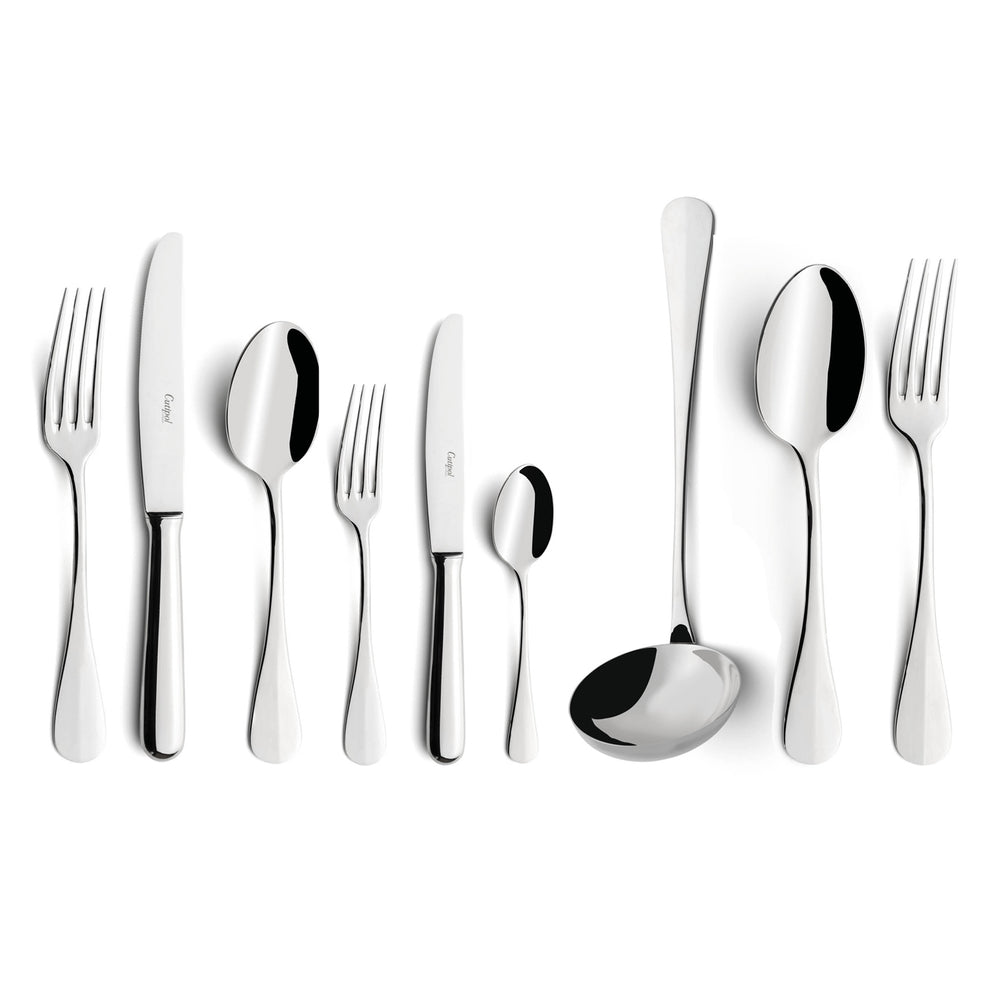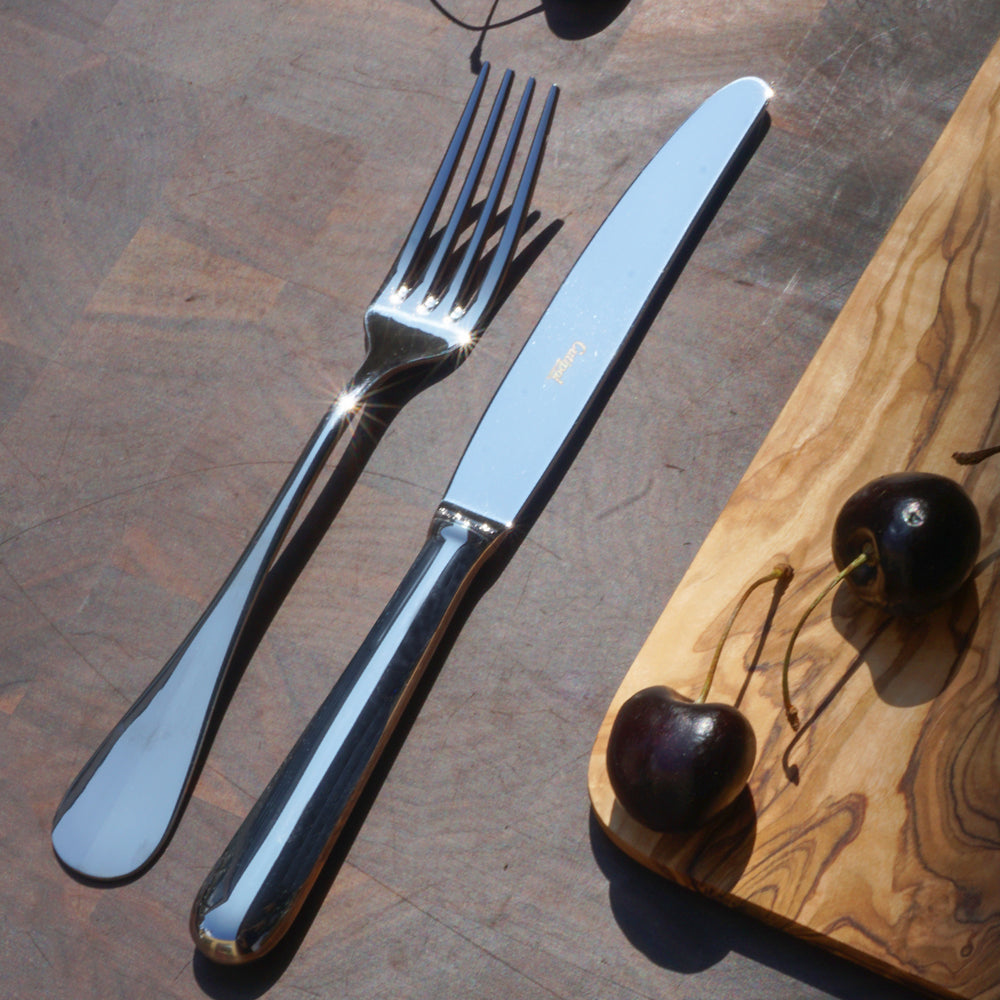When our team decided to expand the Borough Kitchen range to include tableware, Cutipol was the first company we thought of for cutlery. Every piece is made in Portugal, requiring extremely detail-oriented skills and techniques that have been passed down for generations. Though undoubtedly beautiful and refined, Cutipol cutlery is widely used in restaurants as well as homes – a testament to its durability. This is cutlery meant to be used, and built to last many lifetimes. Speaking of generations, Cutipol – established in 1963 – is still family-run. We spoke to João Pedro Ribeiro, the company's Operations Manager and the grandson of founders José Ribeiro and Alice Marques, to learn more about what makes Cutipol cutlery so special.
João Pedro Ribeiro. Photo courtesy of VISAO magazine/Lucília Monteiro.
Cutipol is a relatively young company (less than 100 years old), yet the craftsmanship and elegance of your cutlery make it feel like the company is much older. Can you tell us more about the tradition of Portuguese cutlery-making, and how Cutipol incorporates it into their processes and design?
Portugal’s cutlery tradition has ancient roots, deeply embedded in the nation’s history and cultural heritage. Early records mention the production of utensils – repurposed from weaponry – for meal preparation tasks like boning and peeling. Guimarães, located in the North and known as the birthplace of Portugal, boasts a longstanding tradition in cutlery production that dates back to 1250, with evidence of a specialised street dedicated to cutlers as early as 1401.
Knowing how to make traditional Portuguese cutlery by hand is crucial for our design and production. It helps us perform tasks that machines can't do perfectly, and allows us to make small batches as needed. It is also a point of pride: We consider it our mission to preserve this regional craft by encouraging the recruitment and training of young cutlers who, with continuous training, can learn how to preserve these techniques. It is not uncommon for young team members to have parents and grandparents who also worked with us.
Inside the Cutipol factory in Braga, Portugal.
Cutipol is one of few companies that has remained family-run since its inception. What difference do you think it makes when a company is run by the founding family, as opposed to an external group?
I believe the main difference between corporate management compared to family-run management is the close relationship that exists between all workers and the family, contributing to a good working environment, as well as a common sense of purpose, deeply rooted in the values that my grandparents promoted. All employees interact directly with the management, creating a close bond that facilitates problem-solving. Since the Cutipol brand foundation, these ties have been nurtured to become stronger, enabling us to overcome various crisis moments, such as Portugal’s tumultuous ‘25 de Abril’ revolution in 1974 and the Covid-19 pandemic.
The founder of Cutipol was my grandfather José Ribeiro, and he decided to start the company based on the knowledge he acquired since childhood in a small cutlery shop that belonged to his father. After establishing a productive infrastructure, he focused on acquiring new clients and delivering orders throughout the country. This was done with a simple van, some catalogues, and samples.
Portrait of Cutipol founders José Ribeiro and Alice Marques.
Since my grandfather was constantly travelling, my grandmother, Alice Marques – who already had eight children, and would later have one more – realised the risk of the company's closure and decided to take control of the factory to ensure the subsistence of the entire family. With excellent work and organisational skills, she not only proved to be a good manager but a great leader, setting an example and building relationships with every single worker. In the company, she was often acknowledged as 'a second mother'.
She also had a refined taste that contributed to the development of new models. For example, during that time, it was common for wealthier households to use our polishing services. Whenever she found an interesting model, she would borrow the pieces to inspire a new design, surprising José with a new model when he returned from a long trip.
The second generation's leadership brought about a significant transformation for Cutipol, elevating it from a modest factory to the renowned brand it is today. Their involvement led to more structured and professionalised management, with responsibilities divided across various departments. This period marked Cutipol's transition from white-label production to establishing itself as a distinct cutlery brand. Key milestones included investing in original designs, adopting new technologies, expanding sales initiatives abroad, and establishing a network of points of sale in Portugal. Despite limited resources, the remarkable growth achieved underscores the effectiveness of a dedicated, family-run team.
The family and close-knit atmosphere in the company are not limited only to management. We have cases of couples who met at the factory, as well as situations where the grandfather insists on passing on his job and knowledge to his grandson before deciding on retirement. I believe that this closeness is a significant factor in the pride every team member has about working at Cutipol.
What, in your opinion, sets Cutipol apart from other manufacturers of fine cutlery in Europe (besides being family-run)?
Honestly, I haven't formed a solid opinion on the matter, due to a lack of knowledge about our competitors' structure. But I know we have a unique approach to the market. Portugal is a small country, so right from the start, we've been compelled to carve out our own path, crafting distinctive products supported by the skilled craftsmanship of our region. We are also a company that keeps every step of the production process in-house, from design conception to mould development to adaptations to machine maintenance.
Most diners don’t realise the thought and detail that goes into the design of a particular spoon or other piece of cutlery, and why it ‘feels’ comfortable – they may think of it as purely utilitarian. Can you tell us more about what Cutipol looks for when designing a piece of cutlery?
Every time we design a piece of cutlery at Cutipol, we strive to achieve a balance between function, quality, durability, and aesthetics. All technical factors, such as dimensions and type, stem from traditional cutlery forms, our experience and knowledge of cutlery, and the relationship we have with our customers. Depending on our style and new ideas, we adapt the shape of these utensils according to the trends and different cultural markets. For example, in East Asian dining cultures, there is a distinct preference for more rounded spoon shapes and smaller models – this is the type of detail that inspires a particular range.

Well-rounded spoons, pictured here in the factory.
The beginning of an idea takes shape on a blank sheet through the hand of our designer, José Joaquim Ribeiro. Deciding that we have the conditions to launch a new collection, we begin a pure process of experimentation through direct collaboration with our craftsmen. Using existing pieces, rods, or steel sheets, they have the skill to manually materialise a new idea, allowing for a real perception of the piece and observation of any need for adjustment or opportunity for improvement.
All subsequent small adjustments, such as the depth or height of the spoon bowl or the size of the knife handle, are made through dialogue between both parties, in a trial-and-error style, aiming to make the utensil more ergonomic, beautiful, and at the same time with a defined and distinctive identity.
Arriving at the final piece, we present it to our target customers in order to understand its impact, and see if they have suggestions for names that could mark the design – ideally names that are easy to pronounce in different languages. When we feel that a model is well-received, we proceed to its industrialisation through a reverse engineering process. This involves redesigning the entire model in digital format, considering the different sizes of the remaining pieces and producing moulds and tools for production. During this process, adjustments to the design or adaptations of production processes may be necessary, depending on existing technology and tools.
The need for agile decision-making reinforces the importance of mastering all these processes in-house, always with the goal of providing an exceptional gastronomic experience for our customers, enhancing the pleasure of every meal with our products.
How long does it take for a single Cutipol piece to be made, from start to finish? How many steps are involved?
This varies considerably depending on the model and function of the piece. For example, just the polishing of a fork could represent 12 distinct processes. Thus, a piece from Cutipol could involve as many as 28 different steps.
How does Cutipol test a product for quality and performance?
With our 60 years of experience in the industry, we have developed a solid understanding and trust in our network of raw material suppliers, as well as extensive experience and confidence in the performance of our products, acquired through their use in various restaurants and hotels, where they are subject to more extensive use. We also undergo periodic laboratory tests for material resistance, especially for precious metals like gold.
Regarding the quality inspection process during production, in addition to the operator's control at each station to mitigate the percentage of non-conforming products (since many defects can be corrected in later processes), many problems related to the shape of the pieces or the quality of the finish only become apparent at a later stage, after polishing and washing. That’s why we individually inspect every piece at the end of the production process, before they are packaged.
What, in your opinion, is the most complex and detail-oriented step in the process of manufacturing Cutipol cutlery?
During the production of Cutipol pieces, irregularities often occur. These imperfections require the expertise of experienced labourers to correct, so a lot of pieces are finished manually. This makes it difficult to scale products en masse, as it takes a lot of extensive training and skilled craftsmanship to honour this meticulous attention to detail. But it is worth it, as that’s what sets Cutipol apart. Another challenge is creating new moulds for cutlery – as this is done in-house, we want to make sure these moulds can impeccably replicate each piece in a cutlery set.
Cutipol's Goa range, in black and gold; shop here.
The Goa range is so distinctive, and what many people associate with Cutipol. It also seems to be the most copied and counterfeited! How do you think a customer can tell the difference between a genuine Goa piece and a fake?
The Goa collection is genuinely distinctive, and fortunately, it is becoming increasingly associated with Cutipol. However, it is lamentable that it is one of the most copied and counterfeited collections worldwide. Although we try to maintain an optimistic view, considering it a sign of recognition and prestige – only the best designs are counterfeited on a large scale, after all – seeing copies of our product is concerning. It dilutes the uniqueness of the original design, confuses customers, and questions the value of the genuine product. It is especially difficult to see the difference between a genuine Goa piece and a counterfeit in online photos.
The true distinction lies in how, when touching or examining a genuine Goa piece, you will notice it is made out of just two materials – not painted, glued, or screwed together. Our technique makes the piece more robust, with balanced weight and comfortable handling.
Furthermore, regarding the shape and finish, I emphasise the consistency of the hand-brushed finish on all components, which doesn’t occur in copies. The intricate curves and depth of the pieces require a manual finish that machines have difficulty replicating. The control of their thickness makes the cutlery more carefully crafted and balanced, resulting in a different experience. Over time, there are no peeling paints, melting handles, easy breakage, or oxidising. Even if they don't notice it at first sight, after using the pieces, customers often notice the difference and appreciate the value of Cutipol's craftsmanship (as well as our solid environmental and social sustainability policies).
What is your personal favourite Cutipol piece that we carry at Borough Kitchen, and why?
While I personally use Ebony at home, I have a great appreciation for the Bauhaus design. Its emphasis on simplicity and functionality, along with its distinctive modernist style, is something I admire. However, the Goa model holds a particularly special significance for me. It completely transformed Cutipol and made us an indispensable brand in the world of gastronomy and interior decoration. It presented something truly new to the world of cutlery, with its innovative ‘paintbrush’ handles. It also allowed us to reach places that would have previously been inaccessible, like the MET Gala. We are incredibly proud of our design and the work accomplished.








